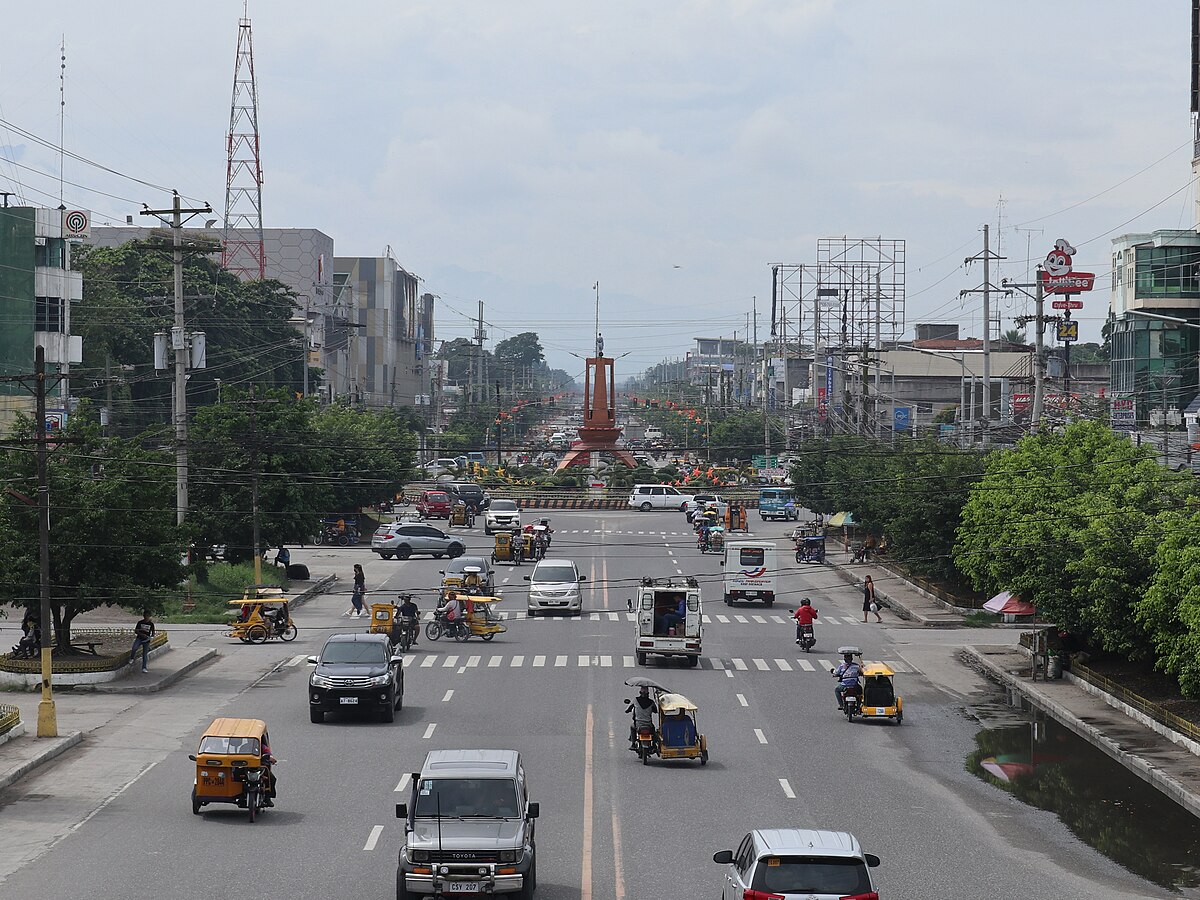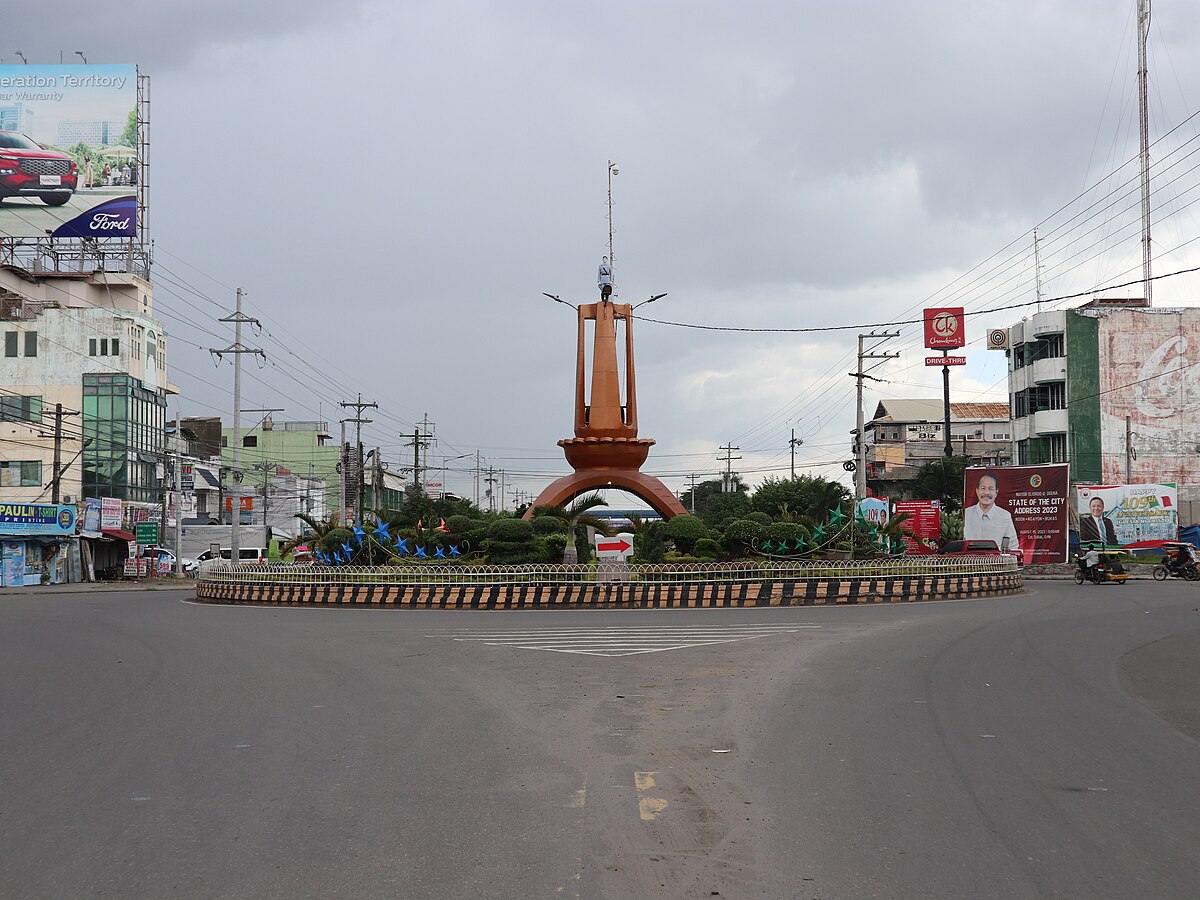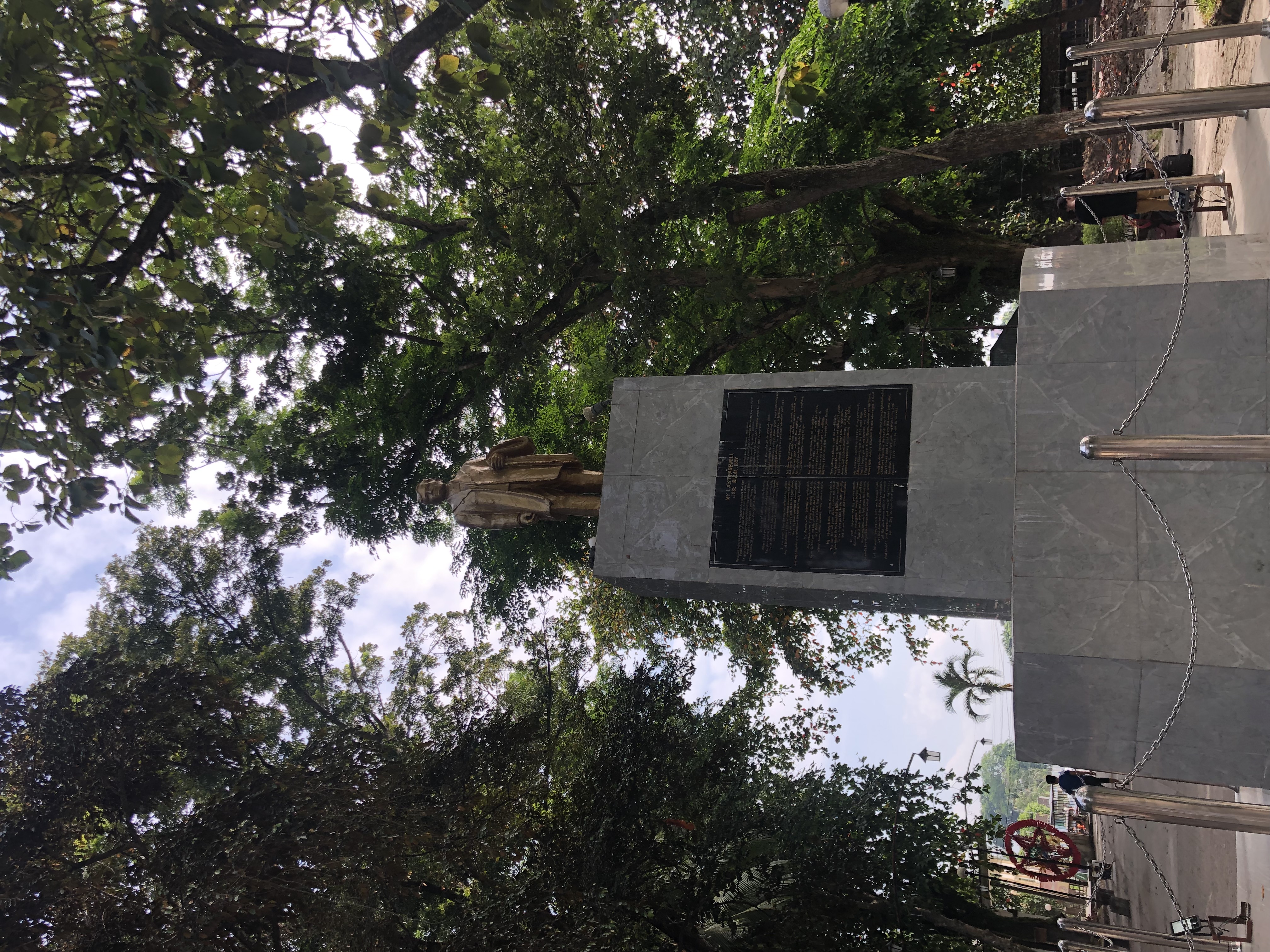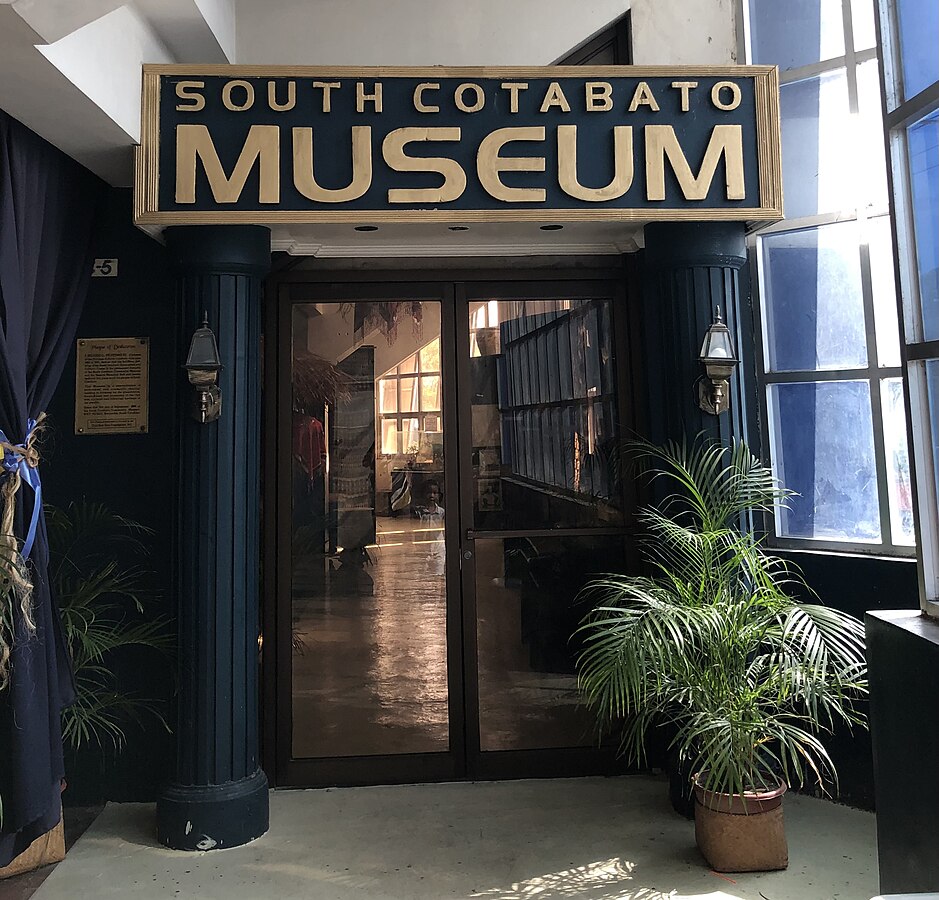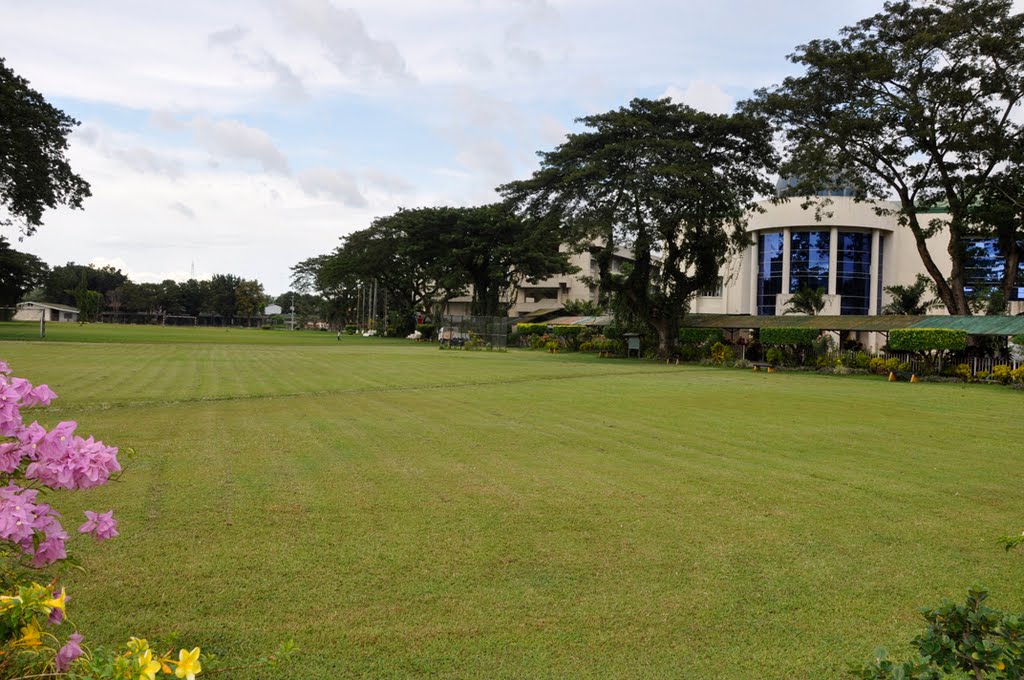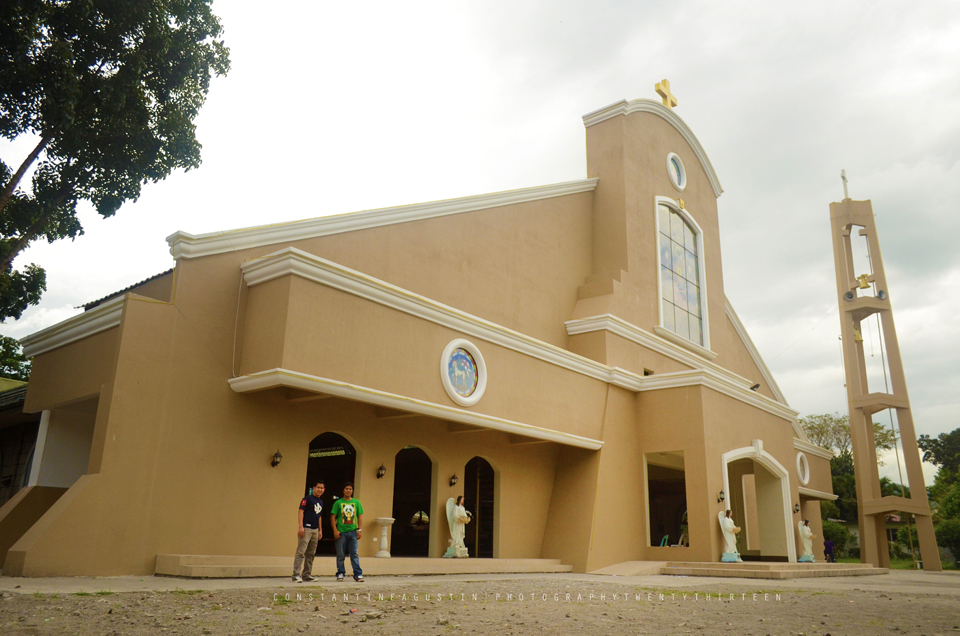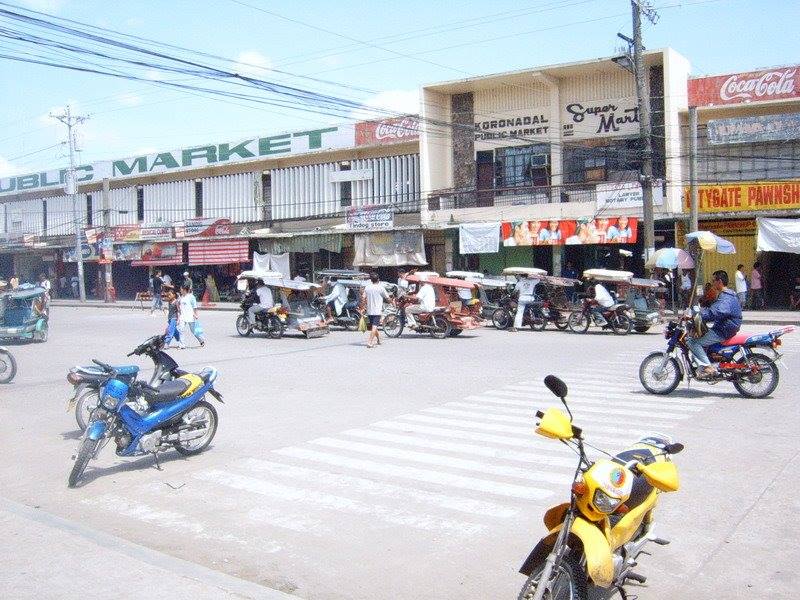Welcome to Koronadal City in South Cotabato, and welcome to Anthro on Foot's walking tour! This is a
self-paced walking tour that features key heritage sites and cultural highlights in the area. We hope you
enjoy this tour
as much as we enjoyed curating it!
Formerly known as Marbel, the B’laan word for “murky waters,” the lands that now constitute
Koronadal City were originally inhabited by indigenous communities. The T'boli and B'laan tribes are
among the prominent indigenous groups in the region, and they continue to play a significant role in
shaping the cultural identity of Koronadal.
The T'boli and B'laan peoples, often collectively referred to as Lumad, have distinct cultures with
unique languages, traditions, and belief systems. The fertile lands of the region made it suitable
for agriculture. They traditionally practiced swidden or slash-and-burn agriculture, cultivating
upland rice, root crops, and engaging in hunting, gathering, and fishing.
Until today, the B'laan and T'boli people continue to have rich cultural traditions. They continue
to be known for their intricate weaving, traditional dances, and unique craftsmanship, such as the
T'boli dreamweavers and their renowned t'nalak fabric. Rituals and ceremonies are an essential part
of their cultural life, often tied to agricultural cycles, spiritual beliefs, and community events.
The arrival of the Spaniards in the Philippines in the 16th century marked a significant turning
point in the region's history. The Spanish colonization efforts aimed at Christianization and
control of indigenous territories, leading to changes in land use, governance, and societal
structures.
Throughout the colonial era, the Spaniards conducted expeditions to subdue the area, but control
over the region was not established until the mid-19th century. This occurred after the Spaniards
set up a military post in what is presently Barangay Tamontaka, one of the earliest Christian
settlements in the southern Philippines, located in Cotabato City. The Spaniards brought
Chavacano-speaking Christians and Muslims from Zamboanga and Basilan, as well as Visayans,
particularly the Hiligaynons and Cebuanos.
